The Benefits of Cloud Continue
It’s August, which means MESC time! For you all not in the know, MESC stands for the Medicaid Enterprise Systems Conference, the largest meeting for Medicaid health IT state providers and contractors. As we gear up to host in our own backyard, we are reminded of a post we published last year on cloud-based, multi-state MMIS partnerships. Another acronym you may not know. MMIS stands for Medicaid Management Information Systems. These systems are responsible for processing claims for over 70 million Medicaid beneficiaries across the U.S. They are complex, costly, and historically siloed.
That’s where Health IT comes in, specifically in the form of cloud-based solutions. In fact, Healthcare IT News identifies 17 unique ways the cloud is changing the face of health IT, from cybersecurity to collaboration. Each of the articles offer a fascinating look at the changes that are taking place across health IT landscape as it relates to cloud technology.
But although much has been written about the advantages for cloud-based solutions, CNSI is the only company to apply the Cloud to state Medicaid. The award-winning Michigan solution uses cloud technology to share its infrastructure with other states, like Illinois, saving both an enormous amount of time, energy and money. For example, the partnership between the two states saved Illinois a whopping 67 percent on implementation costs and a projected 40 percent on long-term operational costs. As the host state, Michigan has already reduced its operational costs by 20 percent.
So regardless of whether we are talking streamlining patient records, developing new payment models, or processing claims for Medicaid, the cloud solution is bringing forth better patient services at a lower cost to tax payers.
Want to chat more about our cloud-based solution? Come visit us at booth 27/28 at MESC!
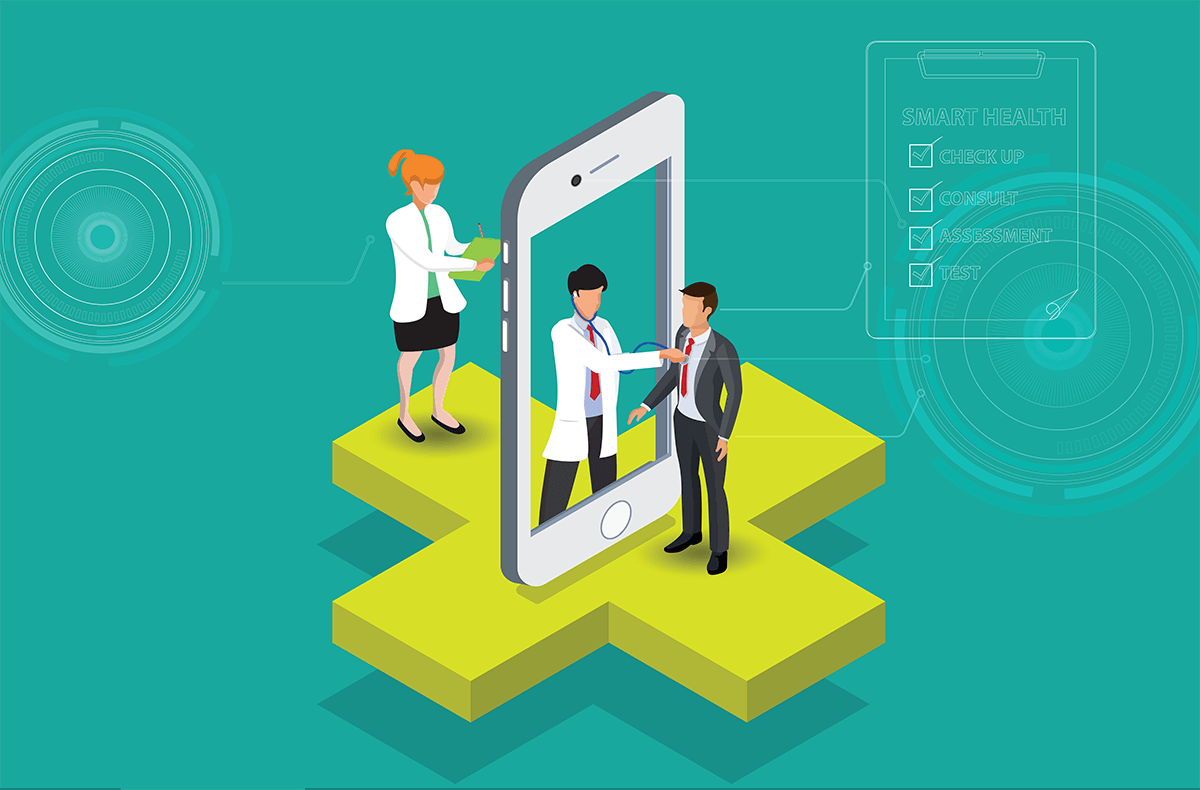 The
The 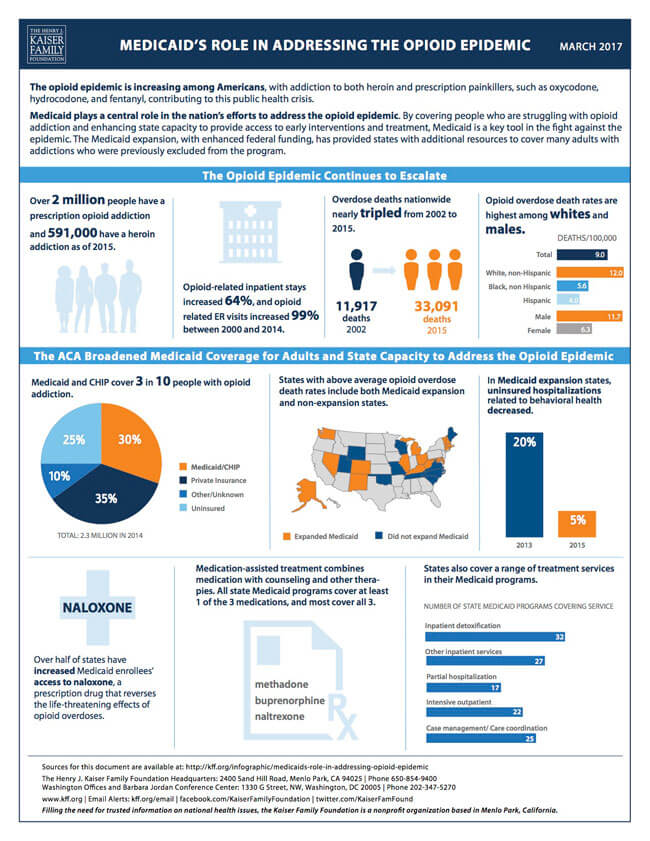
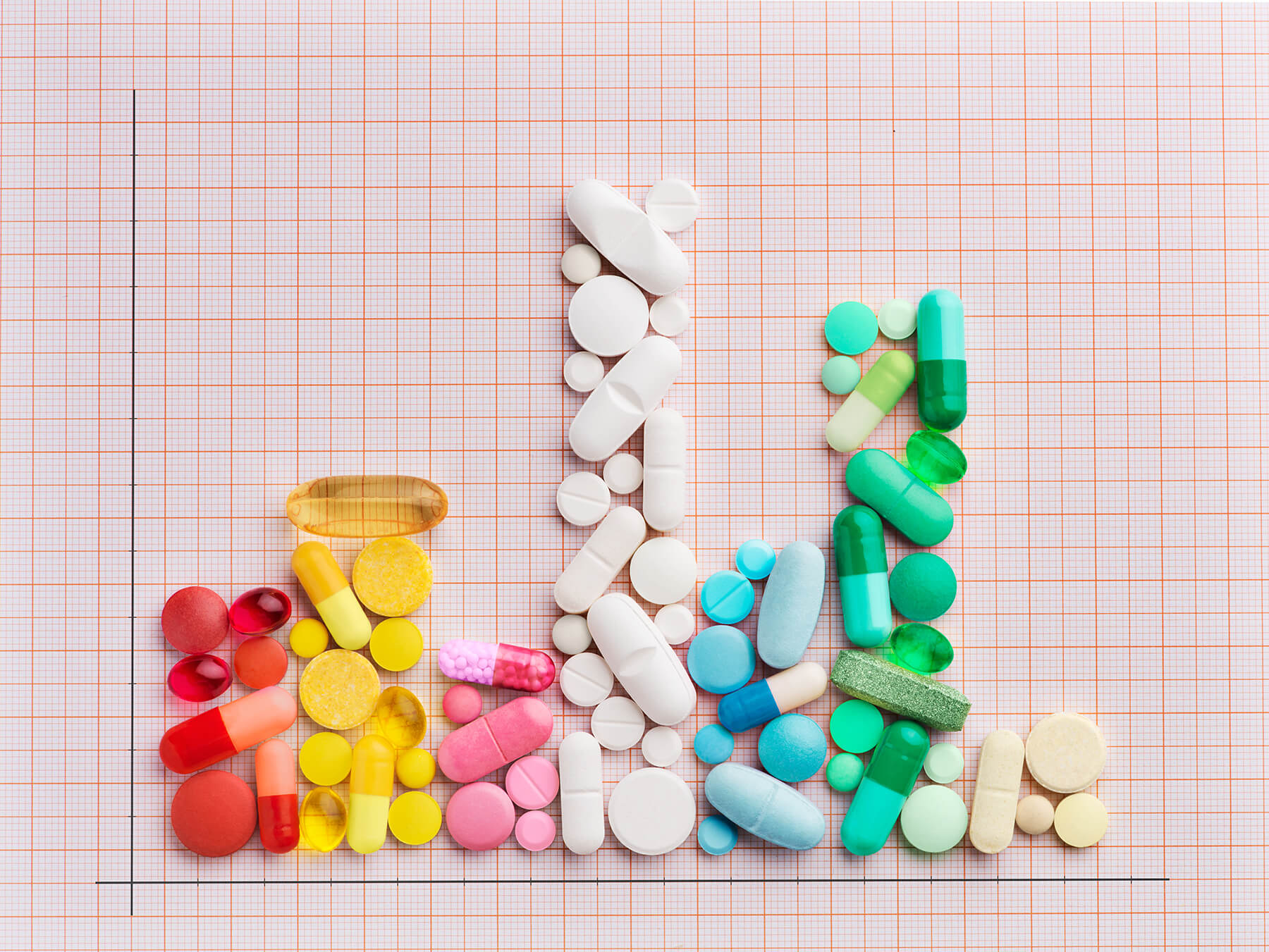

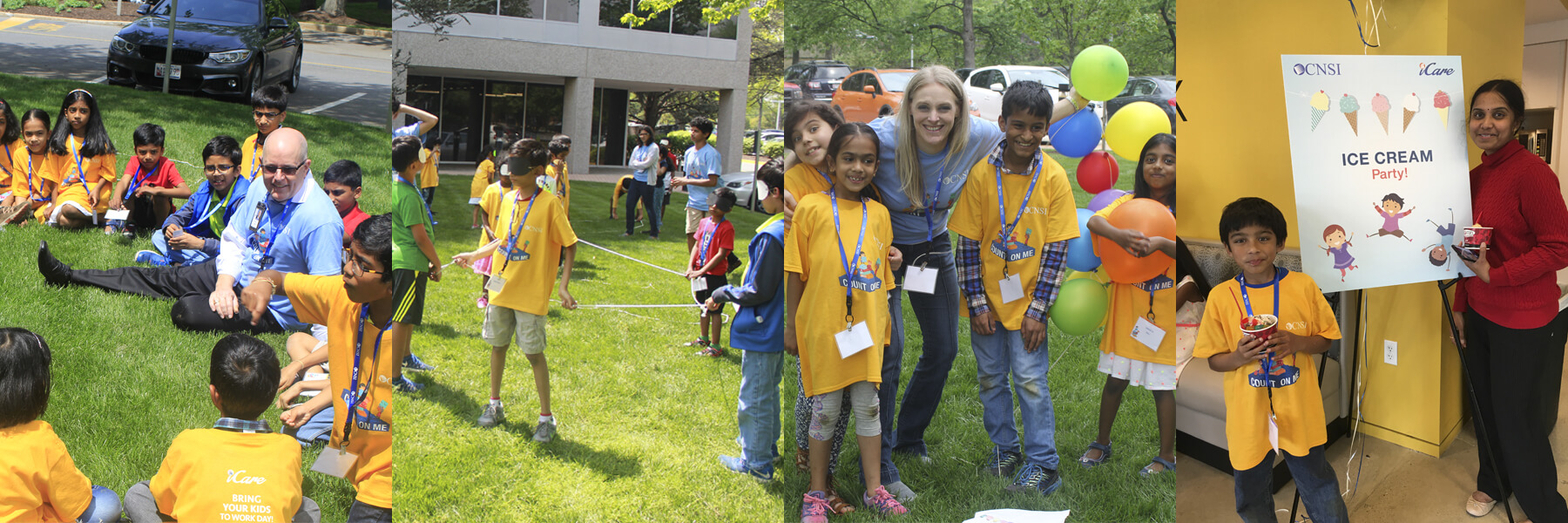
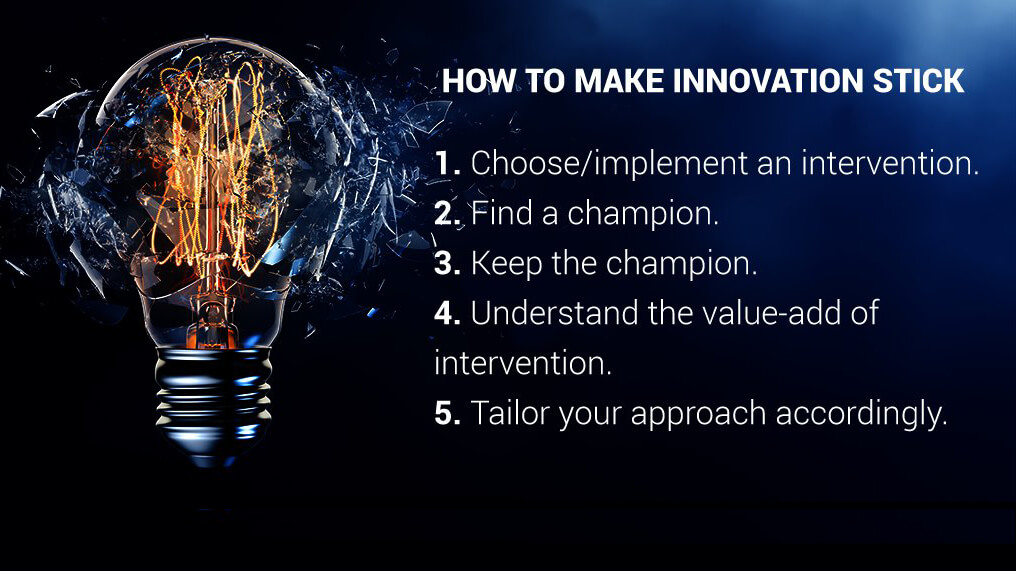
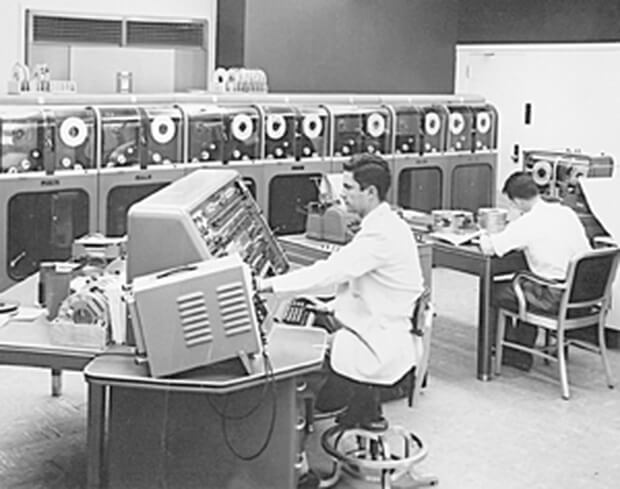 Enter the follow-on trend of
Enter the follow-on trend of